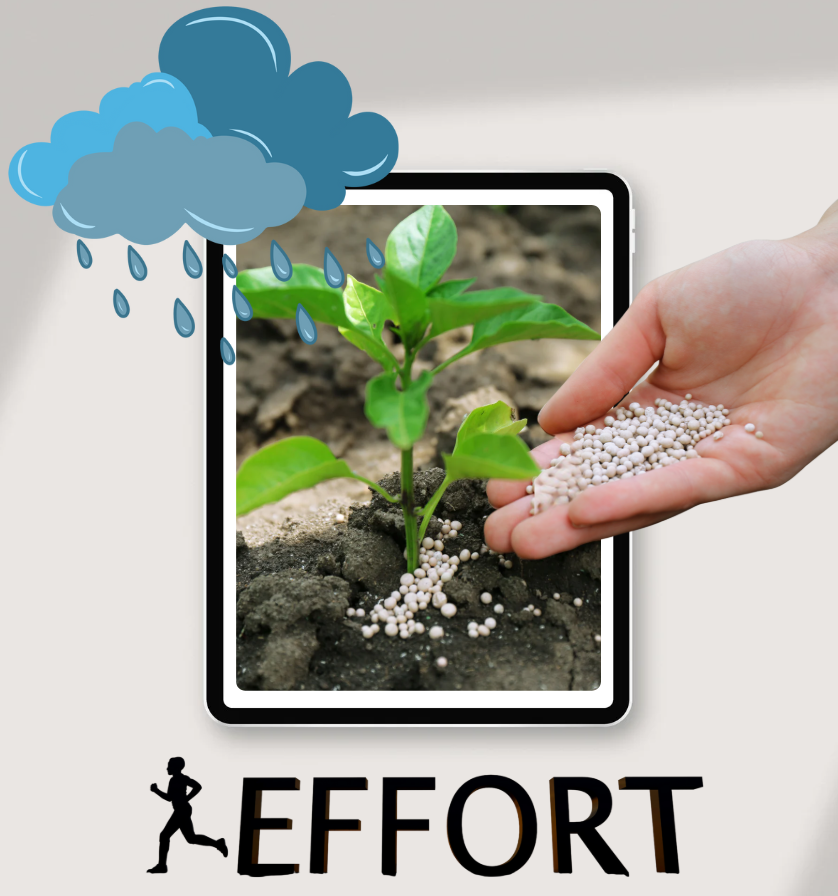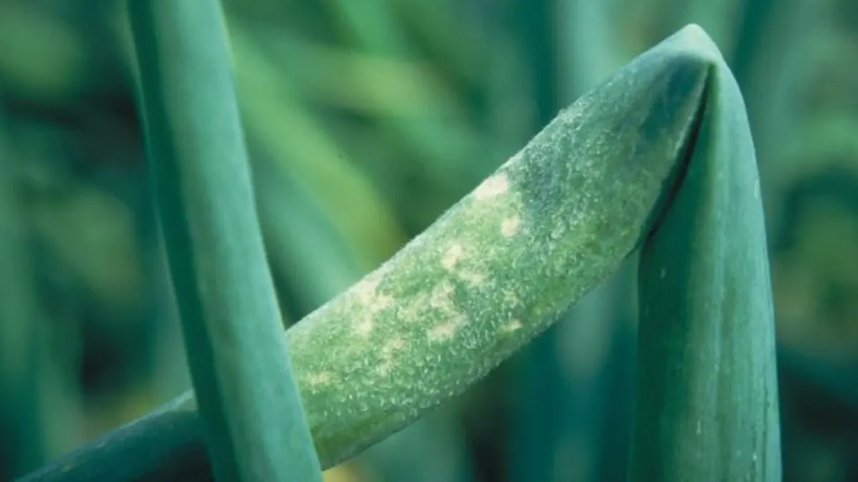
Downy Mildew on Green Onions – Causes, Symptoms, and Control Measures
Downy mildew is one of the common fungal diseases affecting many crops, including green onions. This disease can reduce the quality and yield of green onions, impacting both commercial crops and home garden plants. Early detection and the application of effective control measures are crucial to protect crops from downy mildew. This article will help you better understand the causes, symptoms, and control methods for downy mildew on green onions.
1. Causes of Downy Mildew on Green Onions
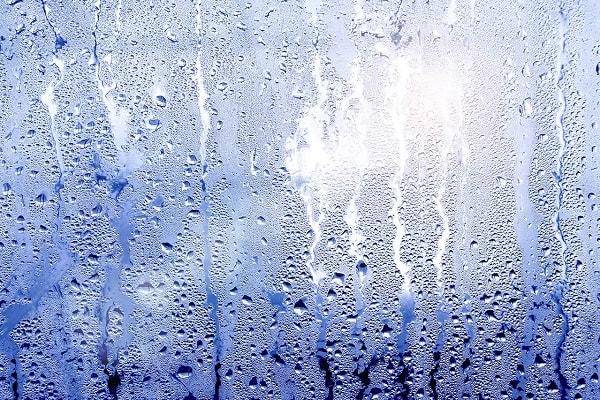
Downy mildew on green onions is primarily caused by the fungus Peronospora destructor. This fungus thrives in wet conditions, with frequent rain and cool temperatures. The fungus primarily develops on the leaves of green onions and can spread rapidly if not controlled promptly.
Factors that promote the development of the disease:
- High humidity: High humidity or frequent rainfall is the ideal condition for the fungus to grow.
- Cool temperatures: Downy mildew usually thrives in cool temperatures, ranging from 15°C to 22°C.
- Poor drainage: Waterlogged soil or poor drainage conditions also create a favorable environment for the fungus to develop.
2. Symptoms of Downy Mildew on Green Onions
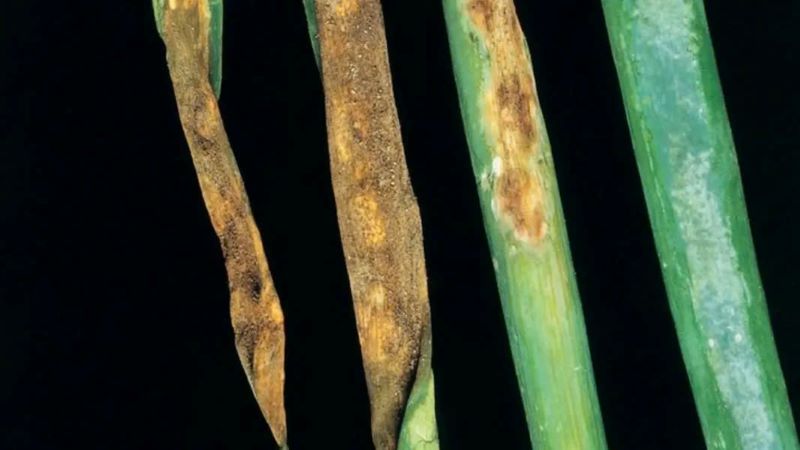
Downy mildew can be easily recognized through several characteristic symptoms on the leaves. These signs develop from young leaves and spread across the entire plant if not controlled:
- Light yellow spots: On the green onion leaves, small light yellow spots will appear, primarily on the upper surface of the leaves. These spots are usually irregularly shaped and gradually spread.
- Wilting and drying leaves: The affected areas of the leaves will turn brown and dry out. The plant weakens, and its ability to photosynthesize is reduced, leading to plant weakening.
- White powdery coating on the underside of the leaves: The underside of the infected leaves will show a fine white powder, which is the spore of the downy mildew fungus. This powder can easily spread through the air, helping the fungus disperse and infect other plants.
- Leaf drop: As the disease worsens, the affected leaves will fall prematurely, affecting the yield of the plant.
3. Damage Caused by Downy Mildew on Green Onions
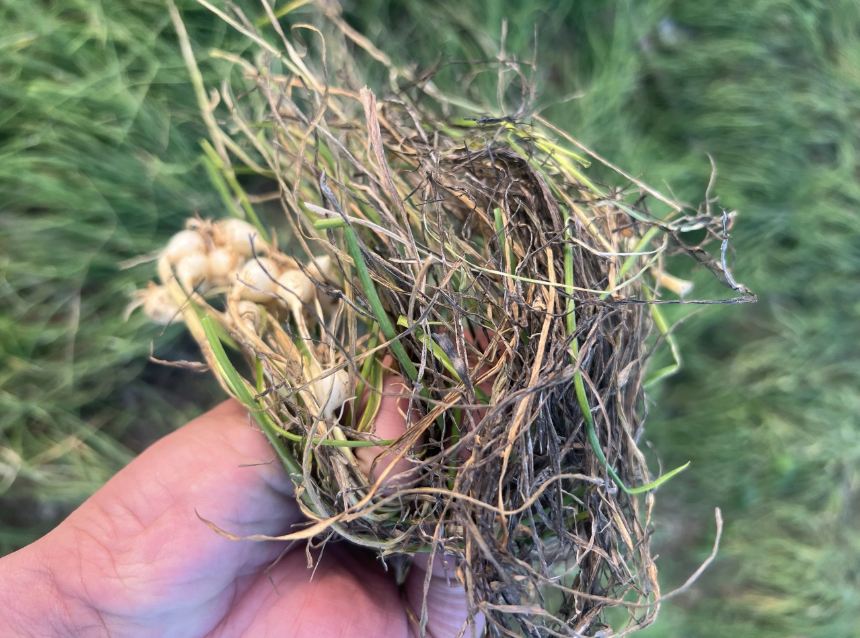
Downy mildew can cause significant damage to green onions if not controlled in time:
- Reduced yield and quality: Downy mildew reduces the plant’s ability to photosynthesize, weakening the plant and slowing its growth, leading to reduced yield and quality of green onions.
- Impact on plant growth: If left unchecked, the disease can spread quickly, damaging the entire green onion crop.
- Reduced market value: Infected green onion leaves may not meet quality standards, leading to a decrease in market value.
4. Control Measures for Downy Mildew on Green Onions
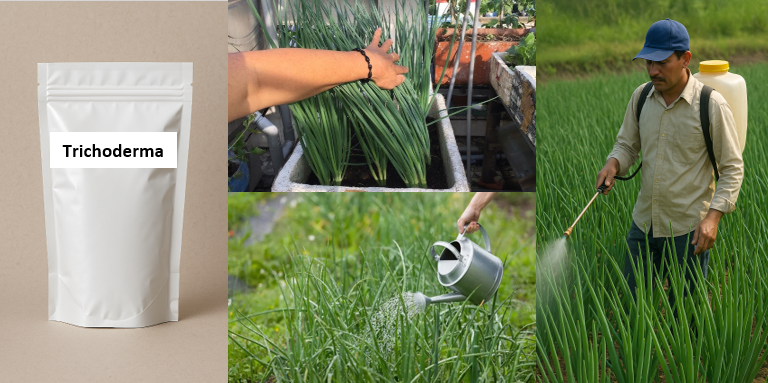
To prevent and control downy mildew on green onions, farmers need to apply effective preventive and control measures, including:
4.1 Mechanical Methods
- Prune infected leaves: Remove infected leaves and dispose of them to stop the spread of the fungus.
- Improve air circulation: Create spacing between plants to reduce humidity in the garden, which will help prevent the fungus from spreading.
4.2 Chemical Methods
- Use fungicides: When downy mildew is detected, fungicides with active ingredients such as Mancozeb, Copper Oxychloride, or Chlorothalonil can be used to kill the fungus. Spray fungicides at the first sign of the disease and continue to spray regularly to prevent spread.
- Follow recommended dosage and waiting periods: Ensure you follow the correct dosage and waiting periods to ensure safety for the plants and consumers.
4.3 Biological Methods
- Use biological products: Biological agents containing beneficial microorganisms like Trichoderma can help limit the development of harmful fungi while improving soil quality.
4.4 Environmental Conditions
- Proper watering management: Limit watering in the late afternoon and control the amount of water to avoid keeping the soil moist for too long, which creates favorable conditions for fungi to grow.
- Improve drainage: Ensure proper drainage in the garden to prevent waterlogging, creating a dry environment that is more conducive to plant growth.
5. Conclusion
Downy mildew on green onions is a dangerous fungal disease that can reduce yield and crop quality if not controlled promptly. By applying preventive measures, using fungicides at the right time, and improving environmental conditions, you can protect your green onions, boost yield, and ensure better product quality. Don't forget to care for your plants properly to ensure a bountiful harvest and sustainable plant health.
Bình luận
Những bình luận mới nhất
